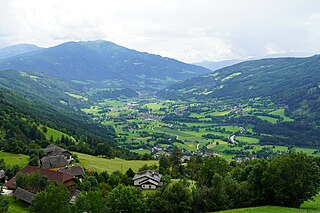
Malta is a municipality and a village in the district of Spittal an der Drau, in the Austrian state of Carinthia.
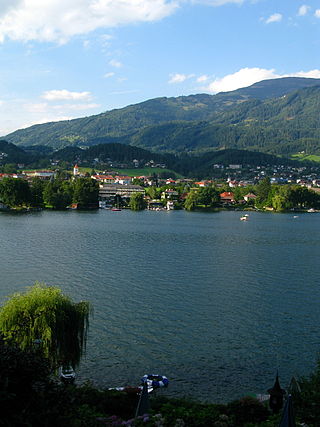
Seeboden am Millstätter See is a market town in Spittal an der Drau District in Carinthia, Austria.

Hermagor-Pressegger See is a town in the Austrian state of Carinthia. It is the administrative centre of the Hermagor District. The town is named after Saint Hermagoras of Aquileia, the first bishop of Aquileia.
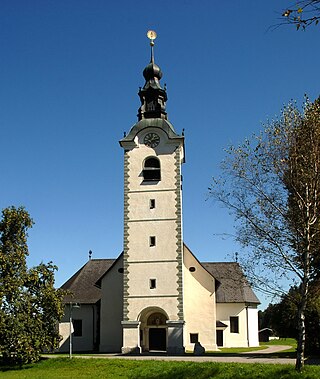
Feistritz im Rosental, often referred to as simply Feistritz, is a market town in the district of Klagenfurt-Land in the Austrian state of Carinthia.

Moosburg is a market town in the Klagenfurt-Land district in the Austrian state of Carinthia.

Pörtschach am Wörthersee is a municipality in the district of Klagenfurt-Land in Carinthia, Austria. It is an established summer resort and lakeside town on Wörthersee.
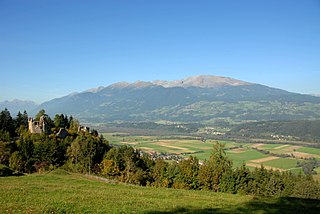
Baldramsdorf is a municipality in the district of Spittal an der Drau in the Austrian state of Carinthia.

Flattach is a municipality in Spittal an der Drau District in the Austrian state of Carinthia.

Greifenburg is a market town in the district of Spittal an der Drau in the Austrian state of Carinthia.

Lurnfeld is a market town in the district of Spittal an der Drau in the Austrian state of Carinthia. The municipality consists of the two Katastralgemeinden: Möllbrücke and Pusarnitz, comprising several small villages.

Oberdrauburg is a market town in the district of Spittal an der Drau at the western rim of the Austrian state of Carinthia.

Obervellach is a market town in the district of Spittal an der Drau, in the Austrian state of Carinthia.

Weissensee is a municipality in the district of Spittal an der Drau in Carinthia, Austria.

Arriach is a municipality in the district of Villach-Land in the Austrian state of Carinthia.

Ferndorf is a municipality in the district of Villach-Land in the Austrian state of Carinthia.

Finkenstein am Faaker See is a market town in the district of Villach-Land in Carinthia, Austria.
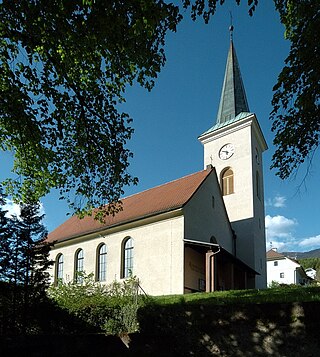
Fresach is a municipality in Villach-Land District, in the Austrian state of Carinthia.

Paternion is a market town in the district of Villach-Land in the Austrian state of Carinthia. It is located within the Drava valley about 18 kilometres (11 mi) in the north-west of the city of Villach.

Wernberg is a municipality in the district of Villach-Land in the Austrian state of Carinthia.

Obdach is a municipality in the district of Murtal in Styria, Austria.






















